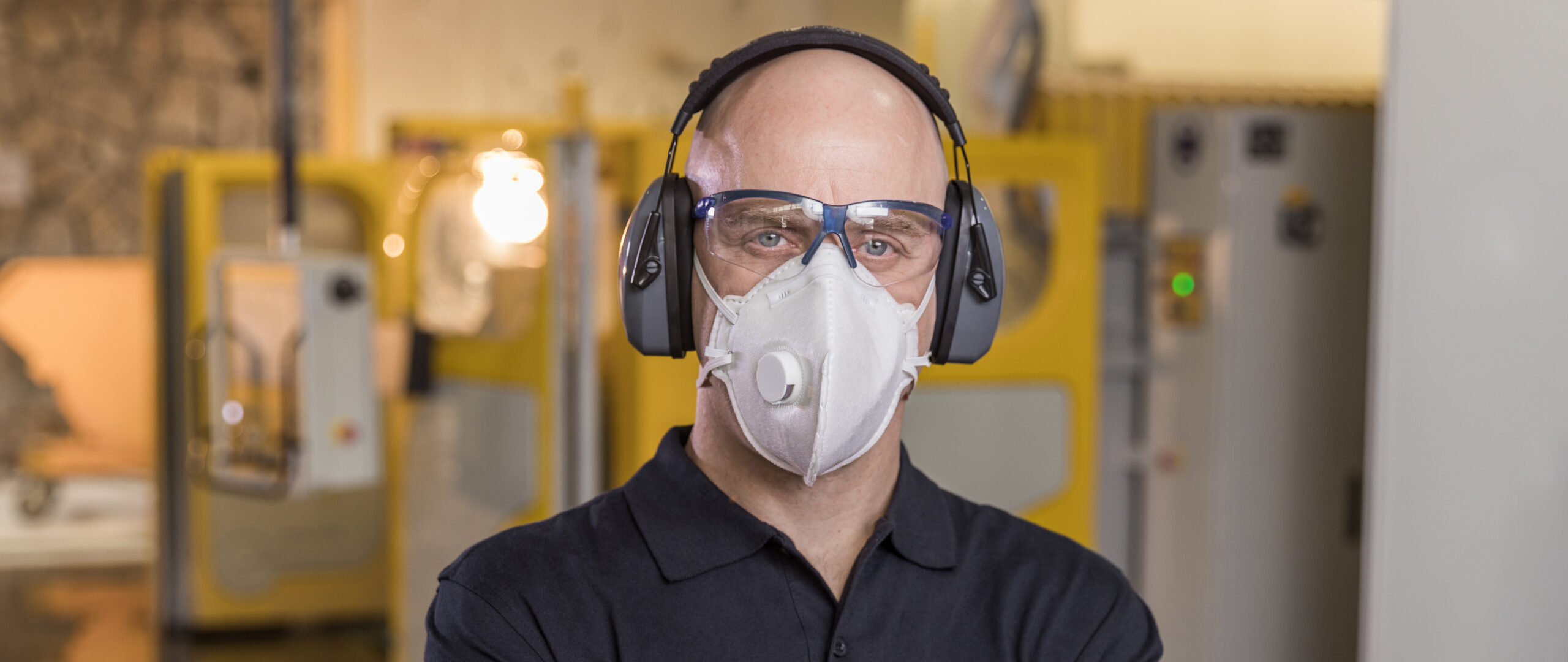Health & Safety Library
Access a wealth of resources dedicated to maintaining a safe stone fabrication environment. The Health & Safety Library includes Safety Data Sheets, Good Practice Guides, an online Training Center, step-by-step tutorial videos and more — all designed to support safe working methods and raise awareness across your business. Use these tools to promote a culture of safety and professionalism in your daily operations.



